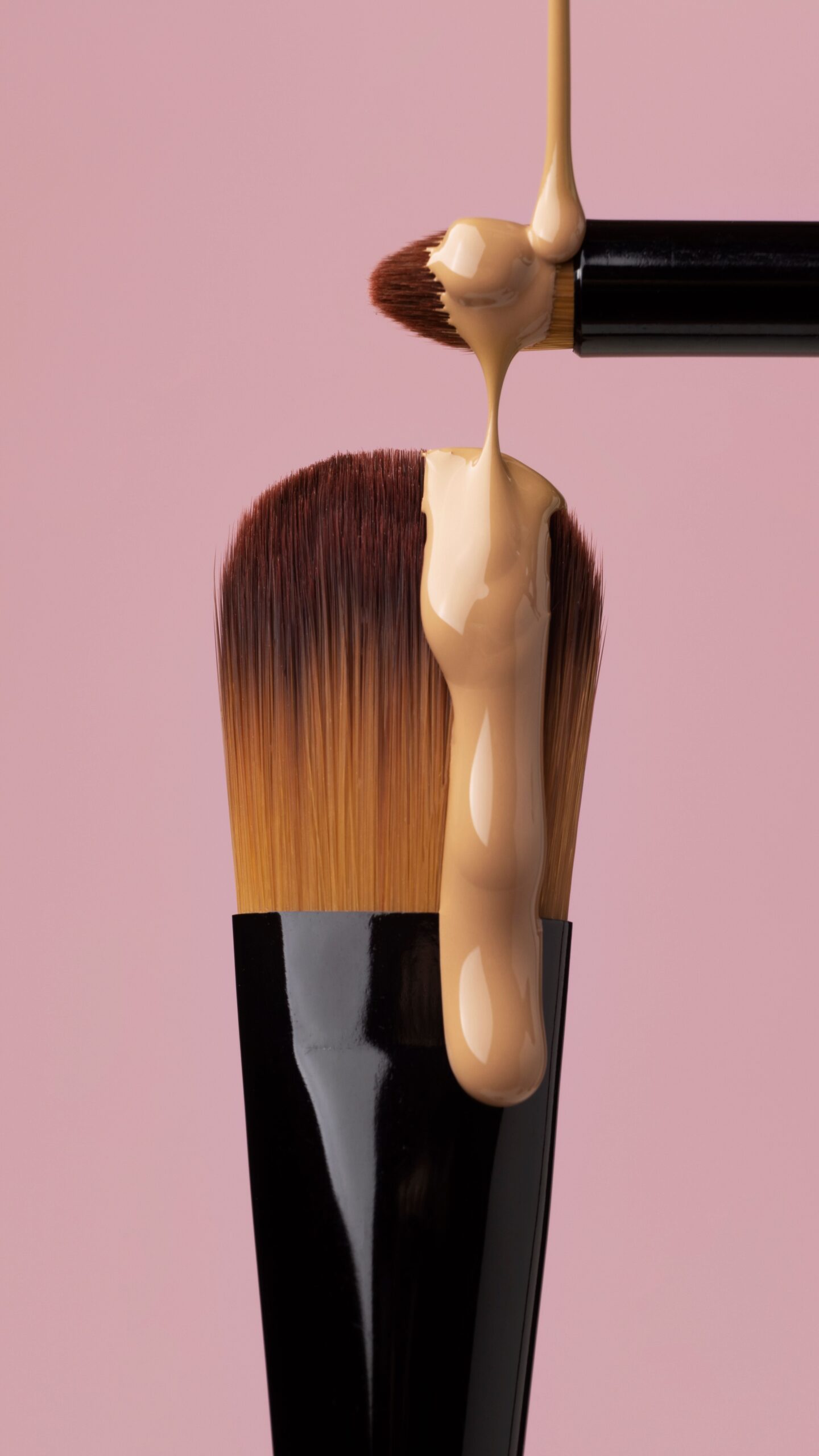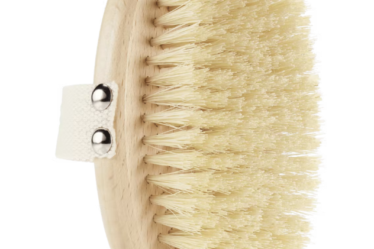
In beauty, prestige may be at its peak.
Beauty is often touted as a “recession-proof” category, but the prestige market — which includes makeup and skin care products priced around $30 to $80 – is getting crowded. In 2023, both Prada and Dries van Noten launched beauty lines, and Burberry revived its cosmetics offering. The beauty businesses at Christian Louboutin, Gucci and Victoria Beckham expanded their product assortments, while fashion heavyweights Richemont, Puig and Kering bolstered their premium beauty offerings with new hires and acquisitions. It was a space already full of power players, from legacy fashion names like Hermès and Dior to beauty behemoths such as Giorgio Armani and YSL Beauty.
At the same time, shoppers today are more motivated by perceived quality and efficacy, buying from brands that tout their scientific credentials or all-day staying power, like The Ordinary and E.l.f. Cosmetics, rather than luxury associations.
There’s also distribution challenges. A higher price tag requires a more high-end selling environment, particularly in catering to high-net-worth shoppers. While some labels are seemingly able to hold onto elevated status despite being in mass retail — designer perfumes, in particular, seem largely unaffected — most don’t have the same stickiness.
“A lot of brands are asking, ‘Where do we go? How do I get to that client [who can afford its products]? And how do I treat them in-store?’” said Vincent Jeanniard, chief marketing officer and head of strategic business development at holding company Beauty Brands Global, which owns premium lipstick line La Bouche Rouge.
That’s the challenge ahead for prestige brands. Retailers such as Sephora and Ulta Beauty offer much-needed volume but can’t always deliver on the premium experience needed to justify high double- (or even triple-) digit price tags. As more brands expand into that price range, they have to jostle with more competitors — for both attention and shelf space.
The Prestige Paradox
In fashion, luxury and fast fashion rarely appear in the same retail space, but in beauty, category mixing is the norm, said Jeanniard.
Retailers like Sephora, Ulta Beauty and Boots have been building out their prestige skin and cosmetics offering — Boots added 400 new premium hair care products in October 2023 and Ulta Beauty launched Luxury at Ulta Beauty, which includes Chanel and Hourglass, in February 2023 — but they still don’t offer a luxury experience from start to finish. That’s only been amplified as tweens, spurred on by TikTok, have started descending on Sephora en masse. Speciality e-commerce sites are another option, but are often stark and bare, without an elegant UX.
“Getting into specialty retailers is critical [for growth], but you do dilute the brand a little bit,” said Korinne Wolfmeyer, vice president and senior research analyst covering beauty and wellness at Piper Sandler.
Some brands’ luxury positioning is well-established enough to survive being sold next to more lowbrow neighbours — in the UK drug store Boots, merchandise includes both Chanel perfumes and cosmetics as well as energy drinks and chewing gum.
For emerging brands without global recognisability, it’s more difficult. What’s more, even highly-regarded brands can see slippage if they face discounting, or their in-store merchandising becomes unkempt or vandalised.
Jeanniard said it’s a balancing act between the need to see sales grow, but maintaining an exclusive feel. “[Brands] want to do volume… so they have to do commercial things,” he said.
Inclusion on an edited wall or curated selection such as Sephora’s Next Big Thing, which spotlights emerging brands, can help elevate positioning without brands needing to spend extra on gilding their gondolas, but investing in great brand imagery with consistent, eye-catching visuals plays a big part, as well as considering how gondolas look from different distances away.
Having a curated wholesale presence is also key to striking that balance, said Wolfmeyer. Rather than inking every possible retail partnership, brands should be more selective, choosing just one or two.
“[Prestige] brands don’t want to be over-distributed because they run the risk of becoming commoditised,” said Wolfmeyer.
New Luxury Hubs
Oliver Garfield, chief executive of luxury beauty retailer Cos Bar, said brands can withstand a wider distribution — as long as they get the other parts of the journey right.
“Distribution doesn’t define a brand, but service and experience does,” he said.
At Cos Bar, that means operating more like a boutique than a beauty store. Its 21 US stores are concentrated in well-heeled locales including Aspen and Vail, Colo. and Montecito, Calif. They are almost exclusively freestanding, rather than being located inside malls, with neighbours like Harry Winston and Alo Yoga. Its sales associates are “career sales professionals” who receive both an hourly wage and commission. It carries widely-available luxury beauty labels like Charlotte Tilbury and La Mer, but also harder-to-find brands such as Sisley, Chantecaille and Natura Bisse, all of which have hero products costing well over $200.
“I was in the Aspen store yesterday and heard a customer comment, ‘Oh my god, I’d much rather shop here than Sephora,’” Garfield said, referencing the calm, low-key atmosphere in store. According to Garfield, foot traffic increased nine percent in 2023.
Even luxury retailers have their own balancing act to manage: when a brand reaches a critical mass of popularity with the masses, they have to weigh up whether it still has a place within their rarefied, exclusive shelves.
Cos Bar wouldn’t cut ties with a brand just because it gained widespread popularity, said Garfield. But they “would start looking for brands that are looking at exclusivity as a higher priority.”
Garfield suggests brands not chase breadth of distribution, but the right channels. He points to La Prairie, the Beiersdorf-owned Swiss skincare line, which has maintained a tight retail distribution, but added luxury hotels and spas as new storefronts.
No matter where they’re selling, brands should have a distinct reason for doing so.
“Clean or sustainability claims are no longer a differentiator,” said Piper Sandler’s Wolfmeyer, adding that being influencer-led or backed was ultimately unsustainable as a marketing strategy. “[Influencers] come and go.”



